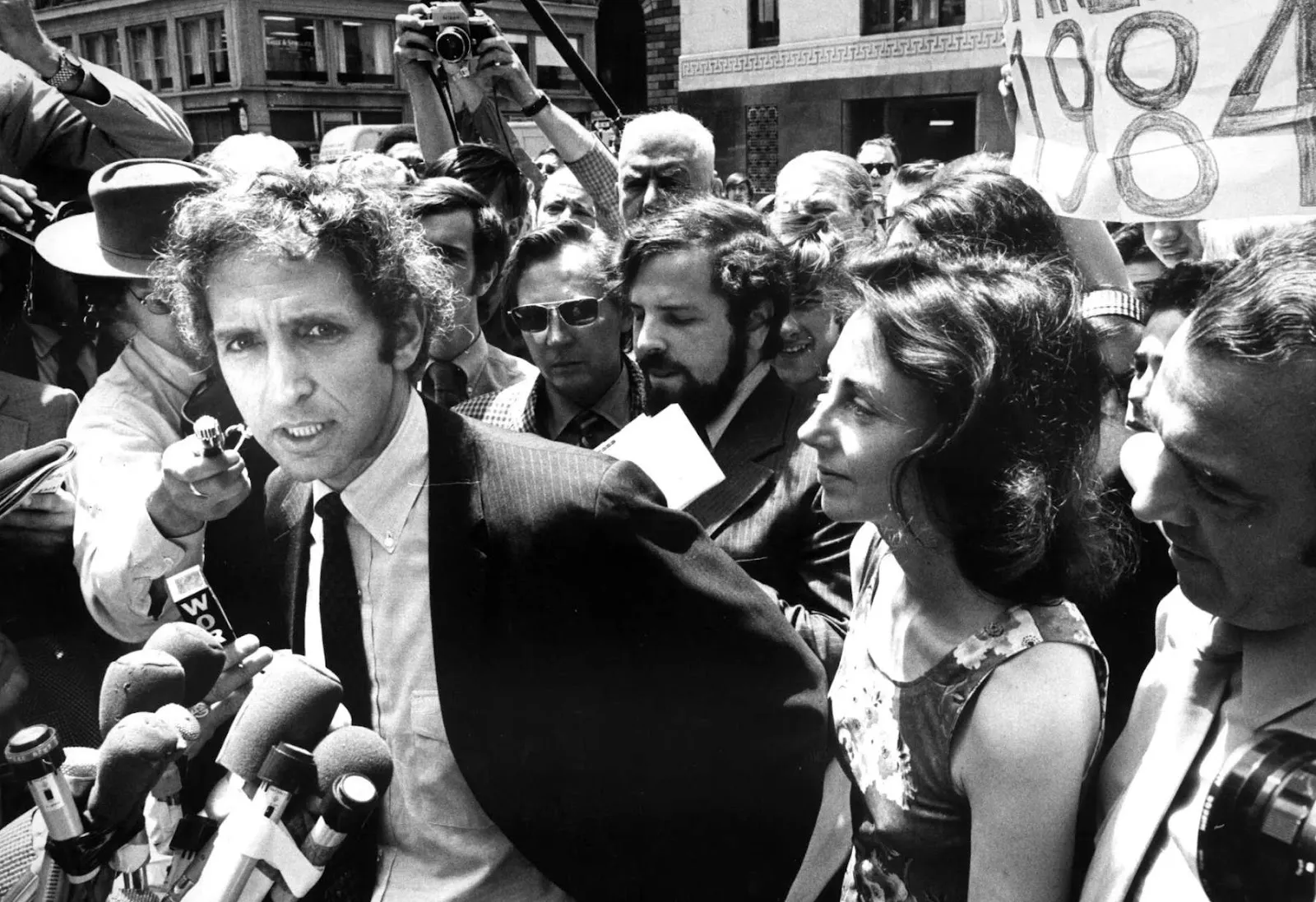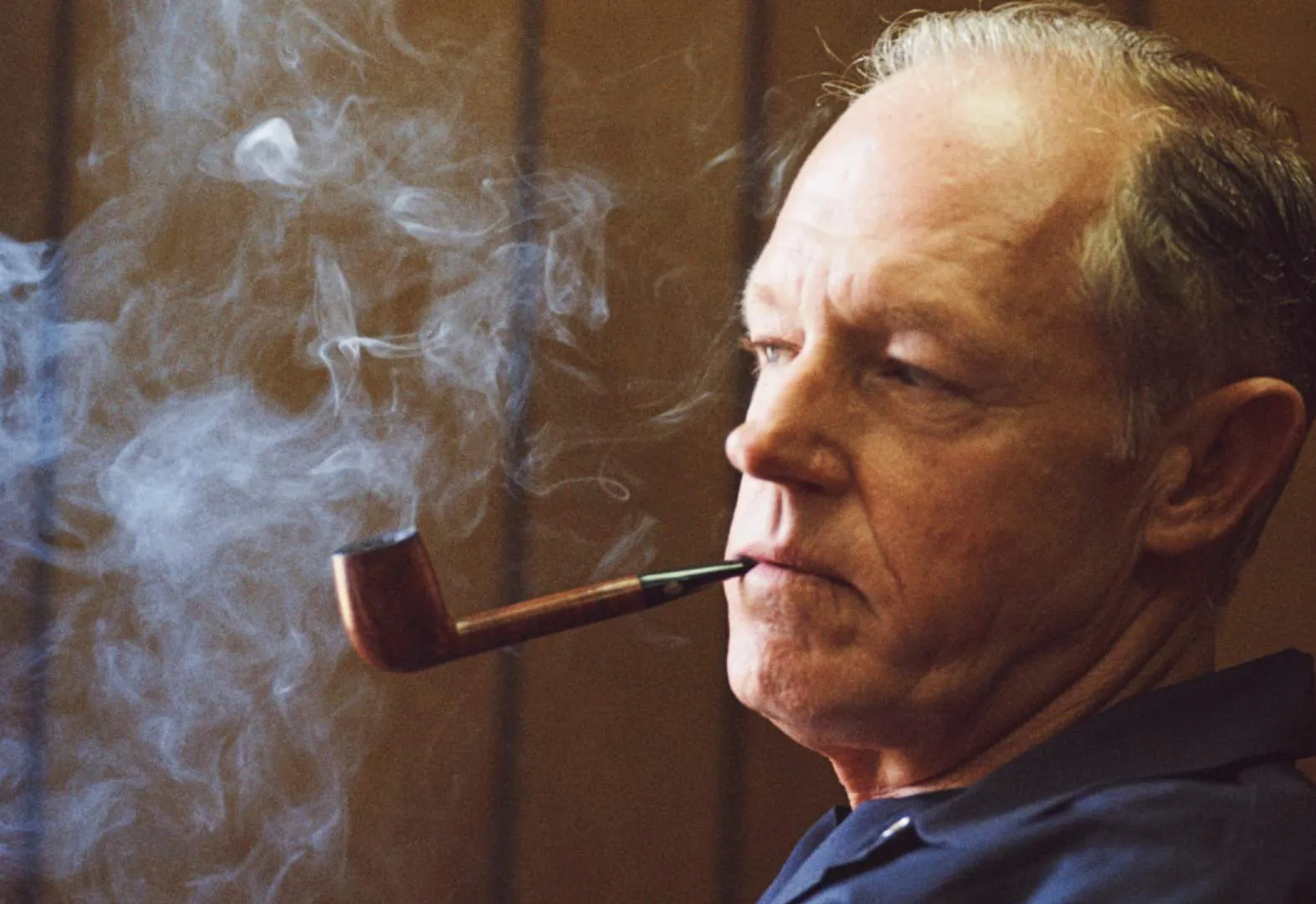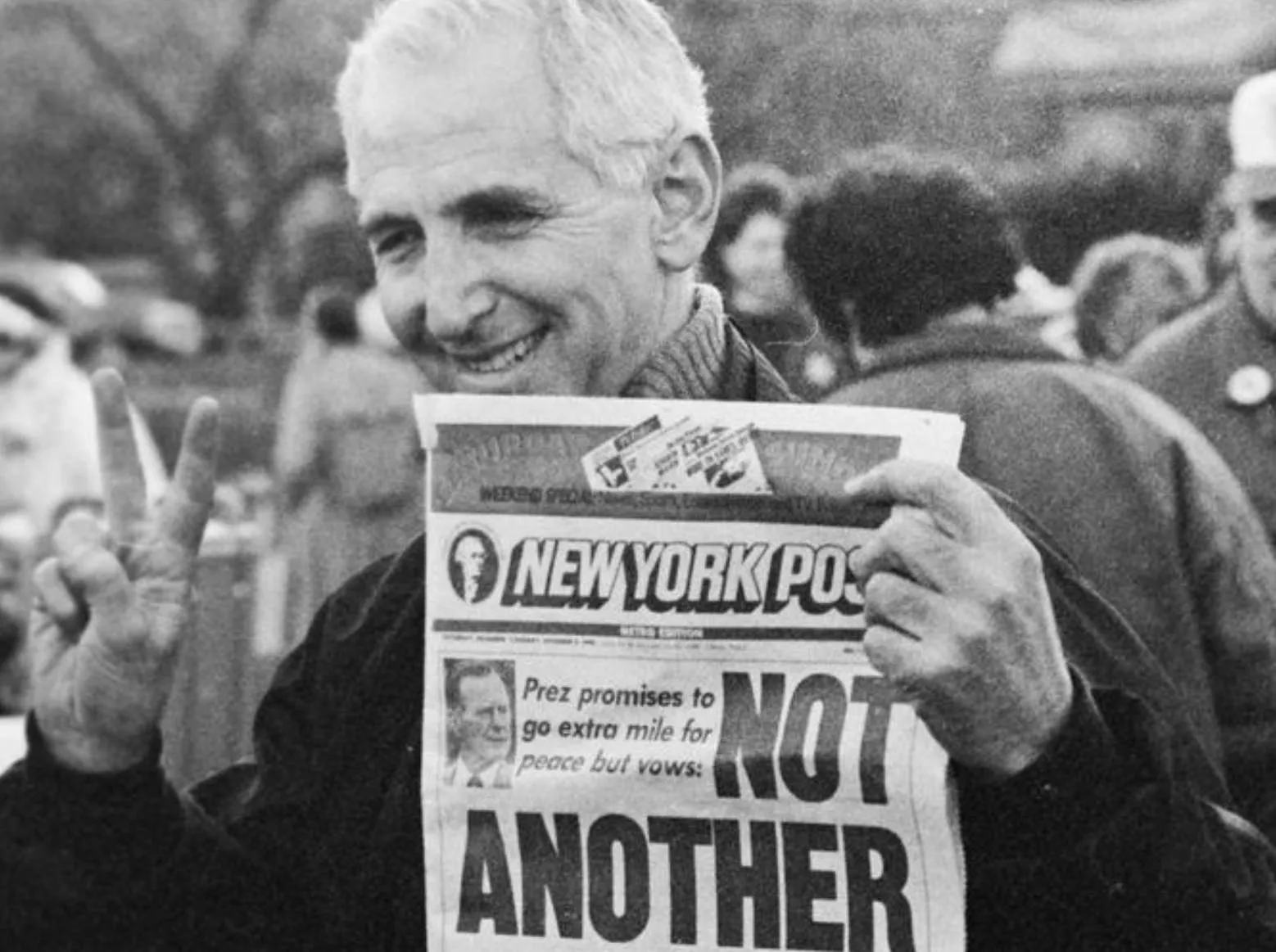Daniel Ellsberg & the Bonkers White House Plumbers Operation that Led to Watergate
Richard Nixon's National Security Advisor Henry Kissinger sounded the alarm in the early ‘70s, denouncing military analyst Daniel Ellsberg as "the most dangerous man in America”.
Ellsberg had leaked the Pentagon Papers, the explosive documents that revealed multiple US governments had deceived America about the unwinnable Vietnam War. Nixon wanted a trial-by-media before the case even landed in court: “Let’s get that son-of-a-bit** in jail,” he told Kissinger as the Oval Office tape recorders rolled.
White House staff called in the Plumbers, their in-house black ops team, so-named because they stopped intelligence ‘leaks’. The freshly appointed squad from Room 16 would soon prove to be among the most inept spies in history - not only landing in jail for the Watergate break-in but bringing down the President they’d sworn to serve. First, however, they set out to smear that son-of-a-bit** Ellsberg.
G. Gordon Liddy, an ex-FBI Agent and senior Plumber, consulted his Nazi-themed ‘dirty tricks’ wish list. E. Howard Hunt, an ex-CIA officer who knew a thing-or-two about break-ins, was his partner in crime. Together, they decided to steal Ellsberg’s medical file from a Beverly Hills psychiatrist's office to damage Ellsberg's heroic image. They’d need disguises and fake ID for the black bag job though, so Hunt tapped the CIA.

When spies go rogue: prepping a break-in
The FBI supplied reports that indicated Ellsberg and his first wife experimented with hallucinogenic drugs, that Ellsberg had numerous mistresses, and that his sex life could be fairly described as ‘bizarre’. The Plumbers also knew Ellsberg regularly phoned his Beverly Hills’ psychiatrist, Dr. Lewis Fielding, Hunt recalled in his autobiography Undercover. The Ellsberg break-in and an operation budget were both approved.
With Liddy and Room 16 busy rifling through the FBI reports, a White House limousine driver chauffeured Howard Hunt to CIA HQ in Langley, Virginia, where he was escorted to the seventh floor via a private elevator used by the Agency’s Director and Deputy Director, General Robert Cushman.
Safely ensconced in Cushman’s office, Hunt requested two things: flash alias documentation and a physical disguise for a one-time op, ‘in and out’. In other words, Hunt wanted a disguise, a fake driving license to buy plane tickets and check into a hotel, and he wanted ‘pocket litter’ - branded hotel matches or other pocket-sized materials that backed up his fake ID. They agreed Hunt would meet a CIA officer at a safe house the next day.
Cushman recorded the entire meeting.
.webp)
The Plumbers on the move
Liddy also had fake ID and wore an oversized black wig and a ‘heel-lift’ to make him limp (a device so painful, Liddy threw it away in Beverly Hills and mocked it in CIA jibes forever after.) Hunt packed his own 35mm camera, while Liddy carried a CIA spy camera disguised as a tobacco pouch. The reconnaissance mission allowed the men to photograph the psychiatrist's medical building and Dr. Fielding’s office interior, and also snap the license plates of his Volvo and the exterior of his home.
The reconnaissance was accomplished without any major issues - although Liddy’s camera was faulty and he cursed the black wig, swearing that a seven-foot-tall male suitor had cruised him in a park because of his luxurious hair. On return to the White House, Liddy and Hunt were told they would not be permitted near the target premises again. Instead, they’d need a three-man ‘entry team’ for the break-in.
Hunt knew just the men for the job, three spies he’d worked with during a CIA-backed Bay of Pigs op when they tried (and disastrously failed) to overthrow Cuban dictator Fidel Castro. Bernie ‘Macho’ Barker was a Havana-born operative who’d survived 18 months in a Nazi prison camp. Cuban-American Eugenio Rolando ‘Musculito’ Martinez was a veteran of CIA off-the-books operations. Felipe De Diego, a handsome businessman and undercover operative, rounded out the team.
The three men had never worked together as an entry team but the break-in was scheduled for September 3, 1971, Labor Day weekend, so they’d have plenty of time. What could possibly go wrong?

"The brand new social experience where you activate your gaming skills as you train like a spy."
- TimeOut
Take on thrilling, high-energy espionage challenges across different game zones.

The Beverly Hills job
Hunt and Liddy bought virtually all of their Minox equipment at the Camera Exchange in Beverly Hills on the next trip, then piled the camera supplies into a suitcase that also included a nylon line to use as an emergency escape rope, walkie-talkies, and black plastic bought from a supply store to black out windows in the medical building.
Things started going off the rails from the start. Instead of finding the medical building doors unlocked that night - the cleaning lady’s usual routine - she’d bolted the locks ahead of the Labor Day holiday. The entry team smashed a window instead, increasing their risk of an arrest. Hunt, the lookout, was equally agitated. When he initially cruised by Dr. Fielding’s home, the psychiatrist’s Volvo was in front of it and the lights inside his home were on. On Hunt’s second drive-by, he panicked. The Volvo was gone. The lights were out. Was Fielding heading to his office?
Hunt tried to warn the team but the cheap walkie-talkies they’d bought earlier would only pick up chatter from taxi radios. Hunt sped over to the medical center to find Liddy apparently asleep at the wheel (literally) and asked where ‘the boys’ were. The answer was inside, where one was apparently bleeding all over Dr. Fielding’s office having cut his hand on the smashed window. The entry team was incommunicado, saddled with dud walkie-talkies as well.
As Hunt and Liddy waited and argued, the ‘boys’ emerged from the shrubbery. Hunt ordered everyone back to the hotel immediately where he had chilled champagne in anticipation of finally getting his hands on Ellsberg’s psychiatric file. That’s when the next bombshell exploded.

Ellsberg’s secret file
Dr. Fielding’s filing cabinet was resistant so the entry team damaged that too. Barker explained that they’d also thrown pills around the office, hoping the break-in would look like the work of junkies hunting for drugs. All well and good, but what did they find?
“Nothing,” Barker told Hunt, holding up a piece of paper with the name Daniel Ellsberg written on it. “There’s no file with his name on it.”
“The men had brought out photographs of the damage inflicted and described every drawer and file in the office,” Liddy recalled in his autobiography, Will. “We were quite disappointed, but at least the operation had been ‘clean’: in and out without detection. We decided to celebrate that, at least, with the champagne.”
Liddy and Hunt then drove to Dr. Fielding’s home before flying out, photographing his apartment door lock in case they needed to break into Fielding’s apartment to search for Ellsberg’s file inside. Their Plan B was not approved, however, although a new mission presented itself. The Plumbers were tasked with burglarizing the Democratic National Committee HQ at the Watergate Office complex on June 17, 1972. It was a spectacular black bag op that ended with arrests and toppled Nixon’s government.

Daniell Ellsberg: hero or traitor?
As for Daniel Ellsberg, he faced a 105-year prison sentence under the Espionage Act but the charges were dismissed in 1973, largely due to government misconduct and illegal evidence-gathering.
Ellsberg, who died of cancer in June 2023 at the age of 92, had spent the first part of his life studying at Harvard and Cambridge University, serving in the US Marine Corps, and working at the Pentagon and US State Department. After leaking the Pentagon Papers in the ‘70s, Ellsberg became a peace activist and campaigned on behalf of whistleblowers including Edward Snowden and WikiLeaks’ Julian Assange.
“A hero to the end," Snowden tweeted after Ellsberg’s death.
“A narcissist in search of a book deal,” his detractors said of the man Kissinger once wanted “stopped at all costs”.
To his family, Ellsberg was a beloved husband, great-grandfather, and inspiration. "Daniel was a seeker of truth and a patriotic truth-teller,” his family said of him. "He will be dearly missed by all of us."
SPYSCAPE+

Join now to get True Spies episodes early and ad-free every week, plus subscriber-only Debriefs and Q&As to bring you closer to your favorite spies and stories from the show. You’ll also get our exclusive series The Razumov Files and The Great James Bond Car Robbery!


Gadgets & Gifts
Explore a world of secrets together. Navigate through interactive exhibits and missions to discover your spy roles.
Your Spy Skills
We all have valuable spy skills - your mission is to discover yours. See if you have what it takes to be a secret agent, with our authentic spy skills evaluation* developed by a former Head of Training at British Intelligence. It's FREE so share & compare with friends now!
* Find more information about the scientific methods behind the evaluation here.


Stay Connected
Follow us for the latest
TIKTOK
INSTAGRAM
X
FACEBOOK
YOUTUBE